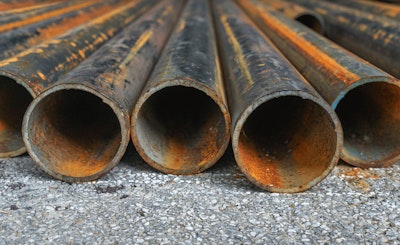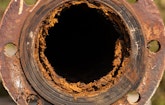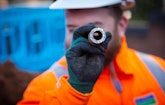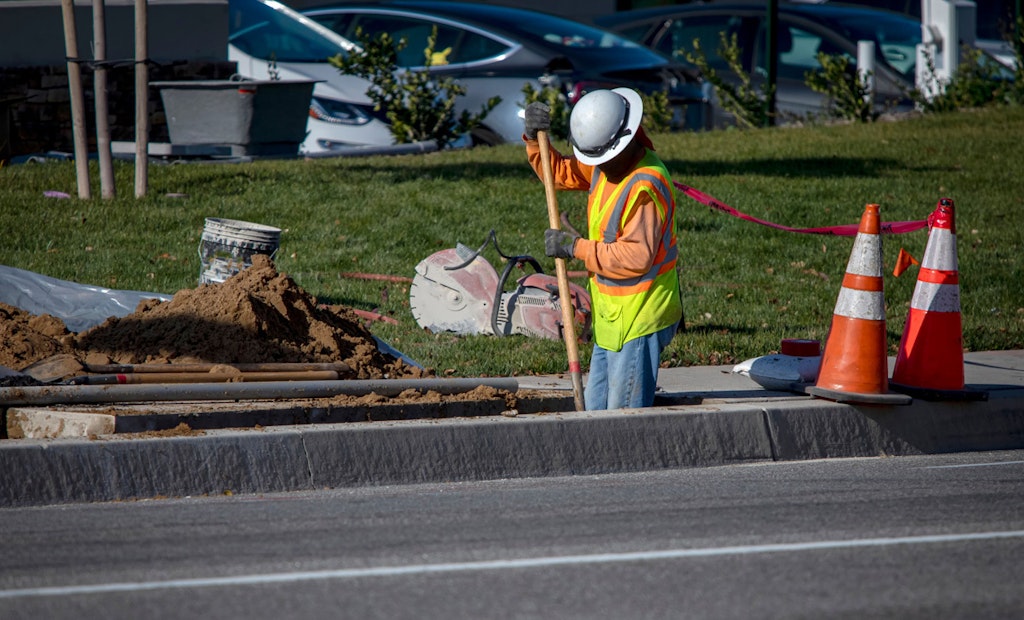The deadline for the EPA’s Lead and Copper Rule Revisions is fast approaching. To be compliant, all public water systems have to meet a list of requirements, including the creation of a lead service line inventory by Oct. 16 of this year.
With limited time remaining to create...









